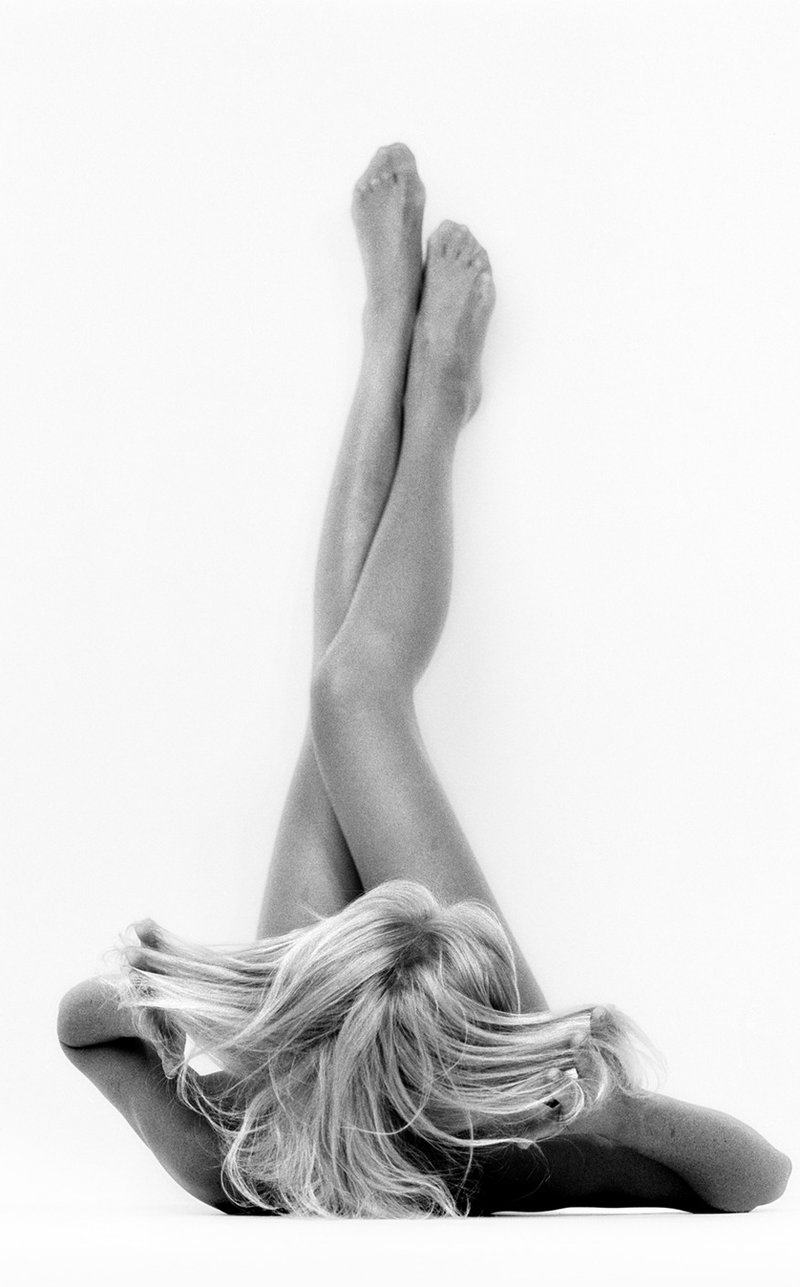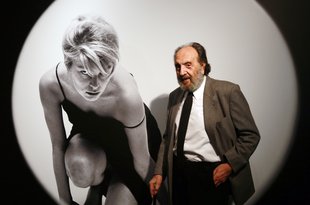opinion
Montse Frisach. Journalist
Sensuality and commitment A labour of love
A new exhibition in La Pedrera traces the life's work of Catalan photographer and publicist Leopoldo Pomés
Above all, the photography of Leopoldo Pomés suggests sensuality. That is why publicity, always appealing to the consumer subconscious, became fertile ground for Pomés. He is a photographer who captures the aroma of the 1960s, the decade of Blow Up, of Michelangelo Antonioni and, locally, of the Gauche Divine. But Pomés is more than a publicist, as he showed in 2012 when the Fundació Foto Colectania published his splendid images of Barcelona 1957. Pomés is the result of the high quality attained by photography in Catalonia in the second half of the 20th century.
It all began in 1947 with an enigmatic photograph taken in the port of Barcelona. It all came to an end last year, with a tender portrait of the three founders of the MBM architects' studio, the trio of Martorell, Bohigas and Mackay –who passed away soon after. However, in ending, things appear to have only just begun for photographer Leopoldo Pomés (Barcelona, 1931), who has spent a lifetime capturing the mysteries of beauty with his camera. Life and creation are key words in the career of the photographer and publicist who claims he could not have achieved even half of what he has without love. This passion can clearly be seen in the Pomés works on display in the Pedrera. The exhibition, Leopoldo Pomés. Flashback, runs until July 12.
In 1947, Pomés was merely a young man with an uncertain professional future. A terrible student, his first real intellectual stimulation came from contact with the young artists of the Dau al Set group. They passed on the avant-garde virus to the young Pomés and became friends into the bargain. He took photographs of them and they gave him works as gifts –beautiful objects that can be seen in the exhibition. Thus an enduring association was forged that lasted many years. When Pomés decided to try out bowling, he asked Tàpies to design a sheet for the results. He almost died laughing at Brossa when he sang La del manojo de rosas. And he literally rolled up into a ball on the ground when Ponç pretended that his body was decomposing: First his nose appeared, then the ears, now his chest and his testicle, which he inflated and then pretended to explode with a needle,” recalled a laughing Pomés at the opening of the exhibition.
However, the exhibition does not begin with this gallery of portraits of the Dau al Set. The first room contains two photographs that represent influences on him that pre-dated his association with the artistic group. One is a portrait of his father, his main source of support after the premature death of his mother. The other is a portrait of the barber who cut his hair when he was a child: “He was fascinated by his eccentricities. And this attraction for anything singular, outside the norm, forged his way of understanding photography,” says the exhibition's curator, Julià Guillamon.
However, if there is one photograph among the 140 on display in La Pedrera, most of which have never been seen before, that can be called foundational for the photographer it is the image he took in 1953 of Núria, an unattainable love, a married woman who ended up moving to America with her husband. Pomés dedicated poems to her while this photograph with its crepuscular air proved to be revelatory for him: “I saw that I had made something and a world of personal creation opened up for me,” he says.
Once again it is love that made the difference. It was with Karin Leiz, who became his wife and his right hand in everything, that he took the most decisive step in his life.
“We were mysterious and I decided to try my hand at publicity,” he says. No one had much faith in him but his first campaign - a swimming costume for women from the Meyba company - ended up as a great success. “Everything came from here.” And everything means everything. Pomés became the great publicist of his era because he brought a never-before-seen modernity with innovative and original ideas. The Pomés style left its mark on the 1960s and 70s. It was a discrete style “elegant, sophisticated, empathetic”: “The emotional factor is the key to understanding how he worked. None of his models is an anonymous figure,” says Guillamon.
Each image is born out of a fleeting moment of love. This was true even when he combed Spain in search of the women to play the bubbles in the Christmas Freixenet ads: “ What did Karin ask from the girls? Ah, yes, that they should know how to dance and have a good figure. Nothing else.”
Poetry
If Pomés's professional career began with a campaign for women's swimming costumes, it came to a close with the film shown in 1986 in Lausanne convincing the world that Barcelona was the city to hold the Olympic Games. The Pedrera exhibition retraces a long and intense career that cannot be absorbed in a hurry. It is a career that in 2015 reaches the 60-year point and harks back to Pomés's first exhibition in the Laietanes gallery in 1955. Some of the photographs that made their first appearance in that exhibition are also on display today. Some of them by themselves justify a visit, such as the portrait of a very young Núria Espert.
Yet it is not only a photographic exhibition. There are also poems –“Joan Oliver encouraged him to write. Pomés is a great writer,” says Guillamon. Failed projects, such as the marvellous book of his vision of 1950s Barcelona that was supposed to be published by Seix Barral, and which finally saw the light of day two years ago: “They told me it was not commercial enough and look, it's sold more than 3,000 copies.”




